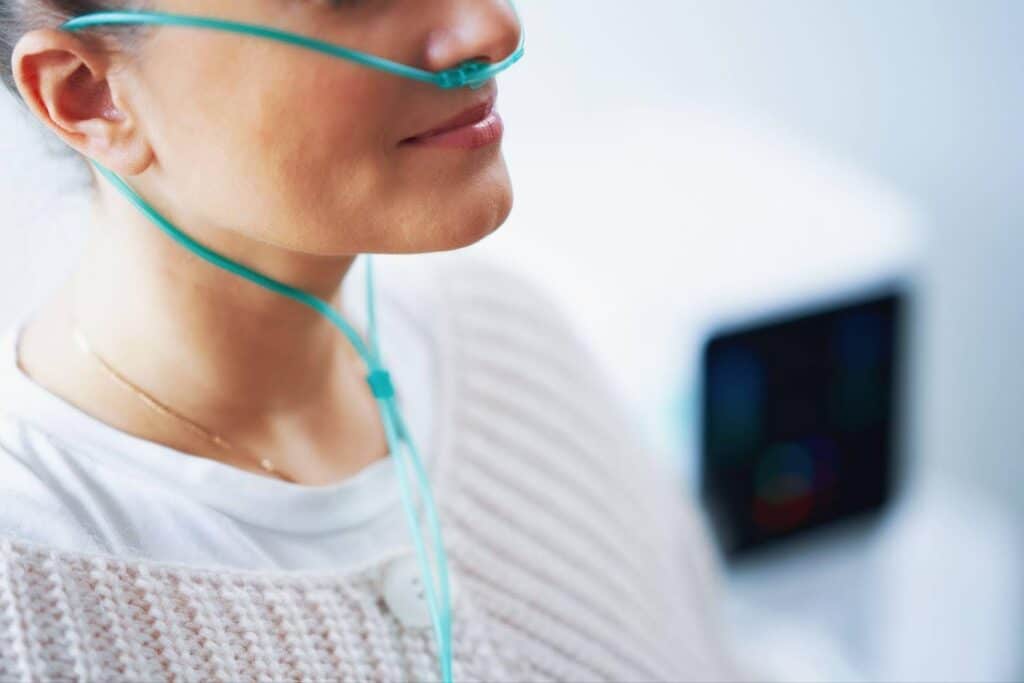Comparing Brazilian Butt Lift Alternatives: Which Is Right for You?

Looking for the best butt lift? The Brazilian Butt Lift (BBL) has become one of the most sought-after cosmetic procedures for enhancing curves and achieving a fuller, more sculpted backside. With its ability to reshape the body using your own fat, the BBL delivers dramatic, natural-looking results that have captivated celebrities and everyday individuals alike. […]
The Ultimate Guide to Hormone Replacement Therapy: What Every Woman Should Know

Hormone Replacement Therapy (HRT) helps women restore hormonal balance, energy, and well-being by replenishing declining hormone levels. It offers powerful benefits but requires a personalized approach. Tailoring treatment to your needs can improve symptoms, enhance bone health, and boost quality of life. However, understanding the benefits and risks ensures you make the best decision for […]
Preparing for Laser Hair Removal: Your Step-by-Step Guide for Legs

Laser hair removal for legs provides a long-term solution for smooth, stubble-free skin by targeting hair follicles and slowing regrowth. Unlike shaving, which leads to rough stubble within days, or waxing, which might be painful and cause ingrown hairs, laser treatments gradually reduce hair thickness and density, leaving skin softer and smoother with every session. […]
How Oxygen Bars Help Boost Energy and Improve Focus

If you feel drained, struggle to focus, or battle daily fatigue, low oxygen levels could be the culprit. Oxygen bars offer a natural way to boost energy and sharpen mental clarity by delivering purified oxygen at higher concentrations than regular air. Many also incorporate aromatherapy, enhancing relaxation while improving focus. In this blog, you’ll discover […]
Understanding Semaglutide: Is It the Right Weight Loss Option for You?

Choosing the right weight loss solution may feel overwhelming with so many options available. To make the best decision, you need to understand your choices and how they fit your unique needs. Not every approach to losing weight works for everyone, and that’s okay. What matters is finding the right method that helps you reach […]
6 Incredible Benefits of Red Light Therapy for Skin Tightening You Didn’t Know About

Red light therapy is changing the way we think about skincare, especially when it comes to skin tightening. This innovative treatment goes beyond the superficial, delivering profound changes that might surprise even the most skeptical users. Here’s a deep dive into the lesser-known yet incredible benefits of this therapy for skin tightening, which capture the […]
Unlocking Weight Loss: How Tirzepatide Can Help You Achieve Your Goals

Achieving weight loss goals often feels like an uphill battle, with countless individuals needing help finding the right balance between diet, exercise, and lifestyle changes. The challenge intensifies when traditional methods don’t bring the desired results, leaving many feeling stuck and demotivated. However, a new solution offers a promising avenue for those aiming to shed […]
Unlocking Energy: The Benefits of Vitamin B12 Injections for Boosting Vitality

Are you feeling drained and looking for a way to rejuvenate your energy levels? Vitamin B12 injections might be the spark you need. These injections are a powerful method to boost vitality, especially for those who have difficulty absorbing this essential nutrient from food or oral supplements. Vitamin B12 plays a critical role in converting […]
Non-Surgical Butt Lift Treatments to Enhance Your Curves

Embarking on the journey of enhancing curves without the risks of surgery offers a liberating option for many. Non-surgical butt lift treatments are transforming the landscape of cosmetic enhancements by providing a spectrum of advanced, non-invasive options that sculpt and define without downtime. From the use of biocompatible fillers to the latest advancements in energy-based […]
Empowering Women: How to Live Confidently With Incontinence

Living with incontinence poses a unique set of challenges that millions of women navigate daily. Often whispered about but seldom discussed openly, this prevalent health issue touches on more than physical symptoms; it affects one’s emotional and social life profoundly. Yet, acknowledging and addressing incontinence can turn a seemingly isolating condition into an empowered, manageable […]
